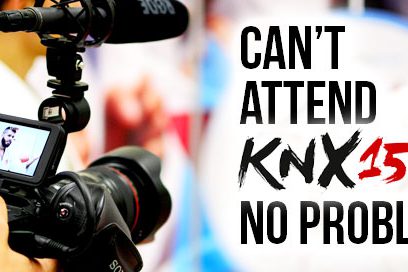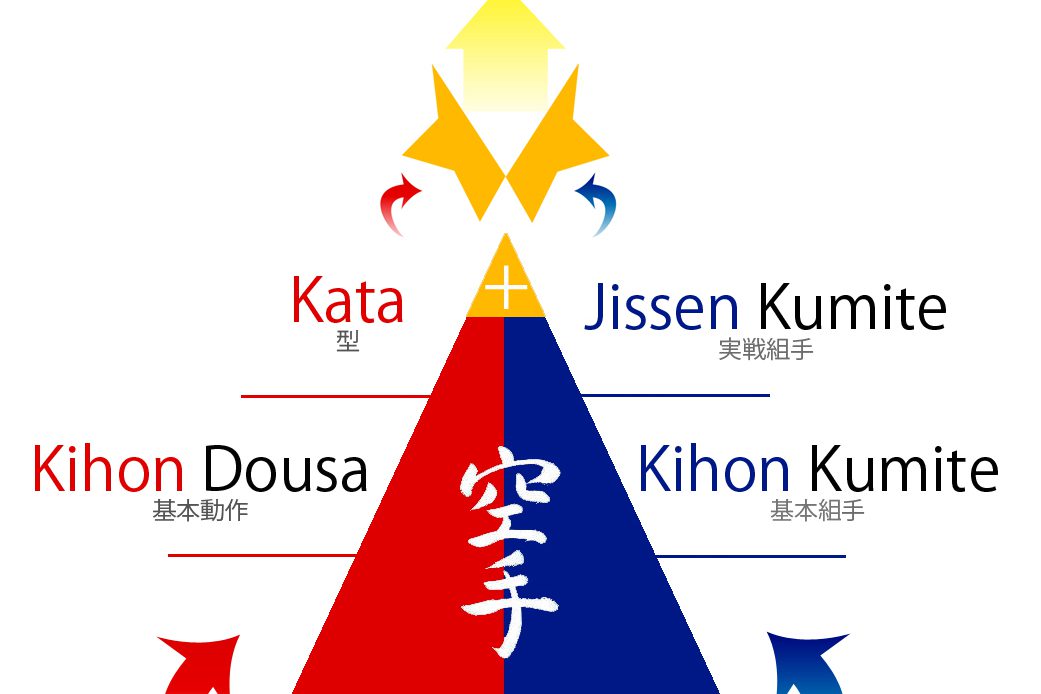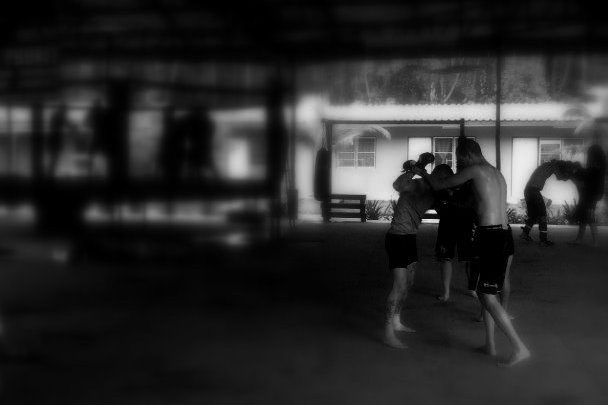Last time I lived in Okinawa I had no TV or books.
For 6 months!
(Okay, I had my Japanese language books, but they don’t count. They were toilet reading/paper).
So, how did I survive, you may ask? Well, I had the Internet. And since I happen to love books, I simply read them through my computer. E-books!
Digital books, in other words.
It was kind of awkward at first, lying in bed with a hot laptop and sore eyes, but after a few books I got used to it. I had a really slow Internet connection, so I only downloaded the books that went fast to download. Books that were popular, in other words.
One of those books was a quite special book. When I downloaded it I thought it sounded like a boring book at first, but it was number one on the list, so I knew it would be a fast download. “Better than nothing” I thought, and downloaded it – despite its corny title.
The book was entitled: “How To Make People Like You In 90 Seconds Or Less”
And man, did I learn a lot from that book!
It was great!
I’m not joking.
The idea behind the book was the following:
First of all, we all know that there are different “learning styles”, right?. Various approaches, or ways, of learning things. Basically, everyone can be divided into one of the following three groups:
- Visual learners
- Auditory learners
- Kinesthetic learners
Visual learners have a preference for seeing (think in pictures; visual aids such as overhead slides, diagrams, handouts, etc.). That’s how they learn stuff.
Auditory learners best learn through listening (lectures, discussions, tapes, etc.).
Kinesthetic learners prefer to learn via doing and feeling—moving, touching, and experiencing (active exploration of the world; science projects; experiments, etc.).
Now, these learning styles are more than just learning styles.
They are actually personality traits.
Studies have shown that as many as 55% of all people in our culture are motivated primarily by what they see (Visual), 15% by what they hear (Auditory) and 30% by physical sensation (Kinesthetic).
And the whole idea behind the book is simple:
If you want somebody to like you, find out if he/she is visual, auditory or kinestetic, and then synchronize with him/her, using it to your advantage.
And before you know it, they will like you.
“That’s great!” I thought, and immediately tried everything the book told me. For a few weeks, everywhere I went I observed people, trying to spot if they were visual, auditory or kinesthetic.
It’s not easy though!
You really need to know what to look for. For example, let’s say three students go to a Karate rock concert:
James is primarily visual, Peter is auditory and Alex is kinesthetic.
When they later describe their experience to their friends, James will “paint word pictures” to tell what the concert looked like: “Oh, man, you should have seen it—all these people jumping around and the singer ripped his pants and his hat flew off!”
Peter will say what the concert sounded like: “The music was incredible. The drums were deafening; everyone were yelling and singing along. You should have heard it. It was a real screamer!”
Alex, who relates to feelings and touch, will describe what it felt like: “Oh man, you could just feel the awesome energy. The place was packed. We could hardly move, and when they played “Dojo of Death” the whole place erupted!”
In other words, visuals tend to use picture words, auditories choose sound words and kinesthetics favor
physical words.
So the book says that if you meet somebody, and you find out that they are kinesthetics for example, then you should use “physical words” with them, and even touch them lightly when you speak to them, and so on. That way they will feel that you are “like them”.
Anyway, after reading the book a couple of times, I decided to do the ultimate test.
I would try it on my Karate sensei!
It was not an easy task, I knew that, but I figured it would be fun. Actually, I even thought that I already knew what he was:
A kinestetic. Or, at least that’s what I initially thought.
Because, the first time I met him, he insisted on holding my wrist the whole time we spoke. Personally I’m definitely not the kinesthetic type (I leave that to wrestlers and masseurs) so I thought it felt kind of awkward to have somebody holding my wrist while speaking to me (or maybe he was checking my pulse?).
So that made me think he was the kinesthetic type from the beginning.
In any case, armed with my new found skills from the e-book, I entered the dojo one Tuesday evening.
The whole training I kept a close eye on my sensei’s body language and way of speaking, trying to remember everything I had read.
And boom, that’s when I noticed it.
On every move he showed, he did sound effects!
“You hit here, “whaam”, then go around here, “paaan”, then step here, “don don”, then do this, “haaaa”…
Yes! I figured it out! It was so simple.
He wasn’t kinestetic after all, he was auditory.
He must be, since he makes those sounds all the time.
And I mean all the time!
So, as the clock gradually turned to 10, it was time to bow out and hit the showers. But… before we quit, a boy was going to hold a speech, since this was his last training (he was moving to Mexico or something) and he had to leave the dojo and all of his friends.
So…
Guess what my sensei did? He held the boy’s wrist during the entire speech.
Just like he had done with me a couple of months earlier.
Then… he held the boy on his head, and shook it with one hand in a “fatherly manner”. And finally… when they boy was done talking, he put his arm around his shoulder and said some stuff in Japanese, with the boy almost crying besides him.
Oh my god! My theory flew out the window!
He was clearly kinestetic… AND auditory!
He was both!
(Or he was auditory and liked young boys. Let’s hope not.)
So, I went home and thought about it a couple of days, until it was time for training again.
It was a Thursday evening when I entered the dojo again.
Today I was determined to find out if he was kinestetic, auditory or visual. Well, training started as it always did… Jumping, skipping, punching, kicking… nothing special yet.
And then we did kata.
This evening our sensei had decided he would show some details in a few kata. He started with the kata Seipai.
“Okay, in this move here you should not be hitting like you are a monk in a far away temple in the mountains, hitting the big heavy bell ‘Donn… donn…’. You should rather be swift, like when you are playing the slot machine, and quickly punch like this ‘Paaan!’“
“No… It can’t be true… He is visual!” I thought, as we practised the move he just described so vividly.
“Hmm… but I need some more evidence before I can be sure”
And of course, ten minutes later I got it:
“Okay, in this move in Kururunfa, you should be like the big waves slamming into the old cliffs at Manza beach ‘Whaaa’, and then slowly pull back, leaving everything calm again ‘Suuu…'”
“Okay, if he says one more thing like that, he has to be the visual type!” I thought.
And sure enough, he continued:
“… or you can imagine that you are in a garden, and the cherry blossom leaves are fluttering, falling down, one by one, as you slide back here inte neko dachi”
Oh. My. God.
He was painting pictures like Picasso.
I couldn’t believe it!
Was he kinesthetic, auditory…
AND visual?!
It seemed so. How can I now persuade him into giving me a black belt? It’s impossible!
My book mentioned nothing about this! A person has one type that is dominant, not all three!
Had I just made some kind of scientific discovery? Was my Karate sensei an alien? Or had I completely misinterpreted the book?
Nope.
I think I just simply found out what makes a master.
Need I say I deleted my e-book the same night?



11 Comments